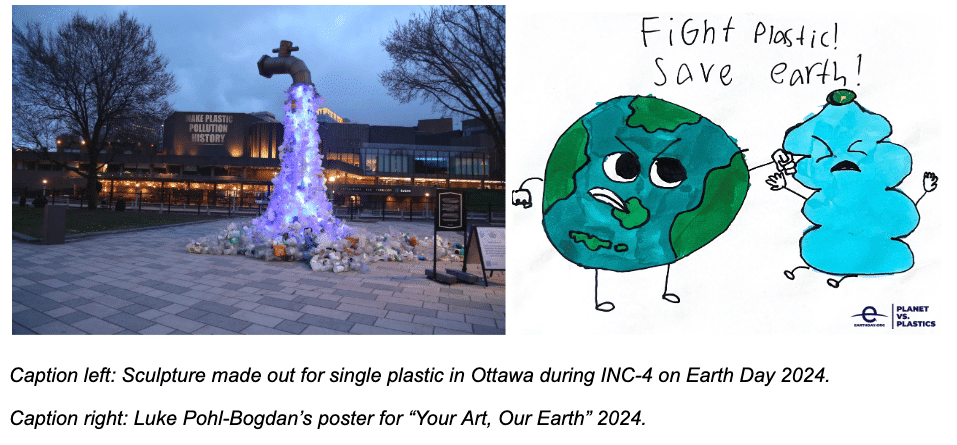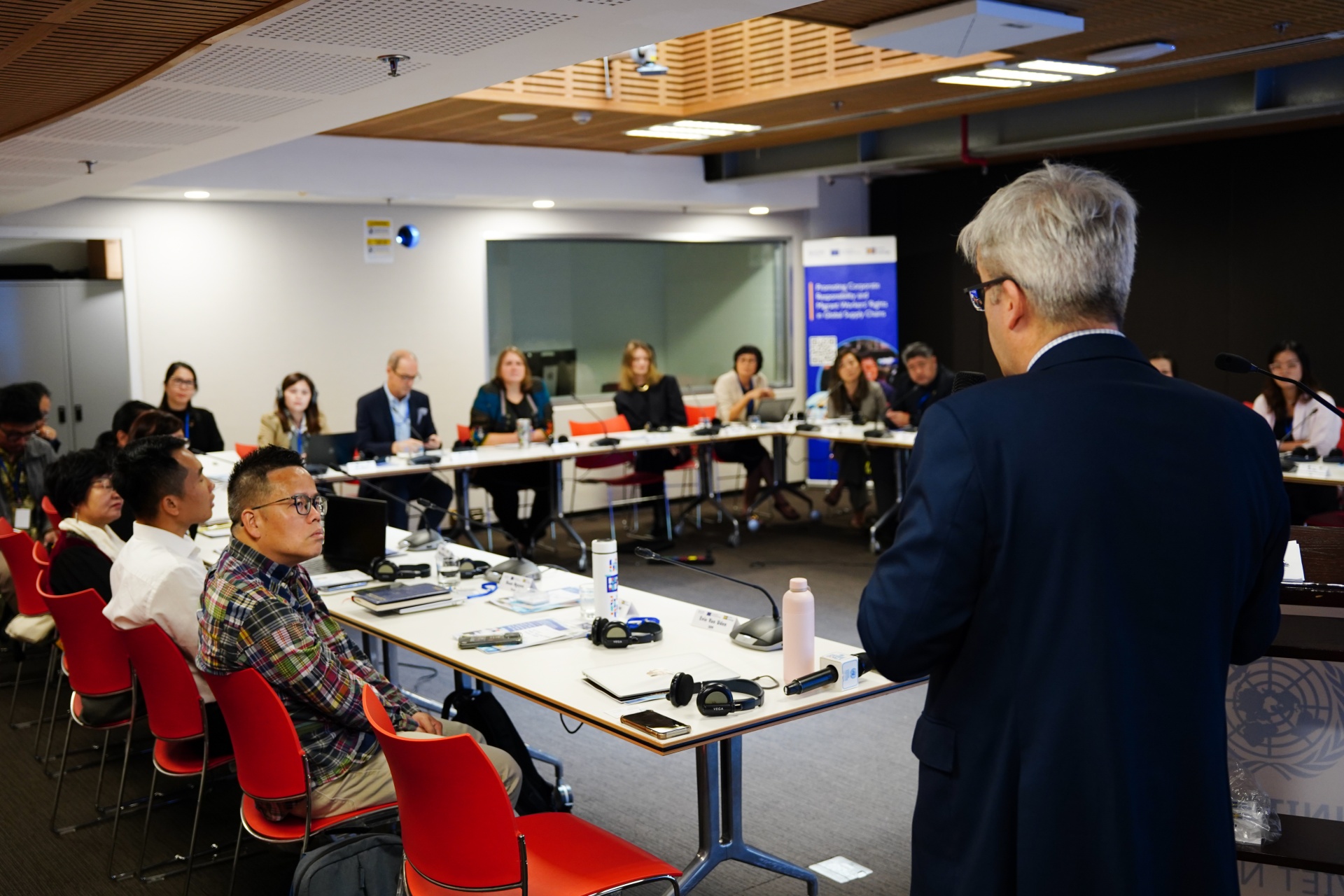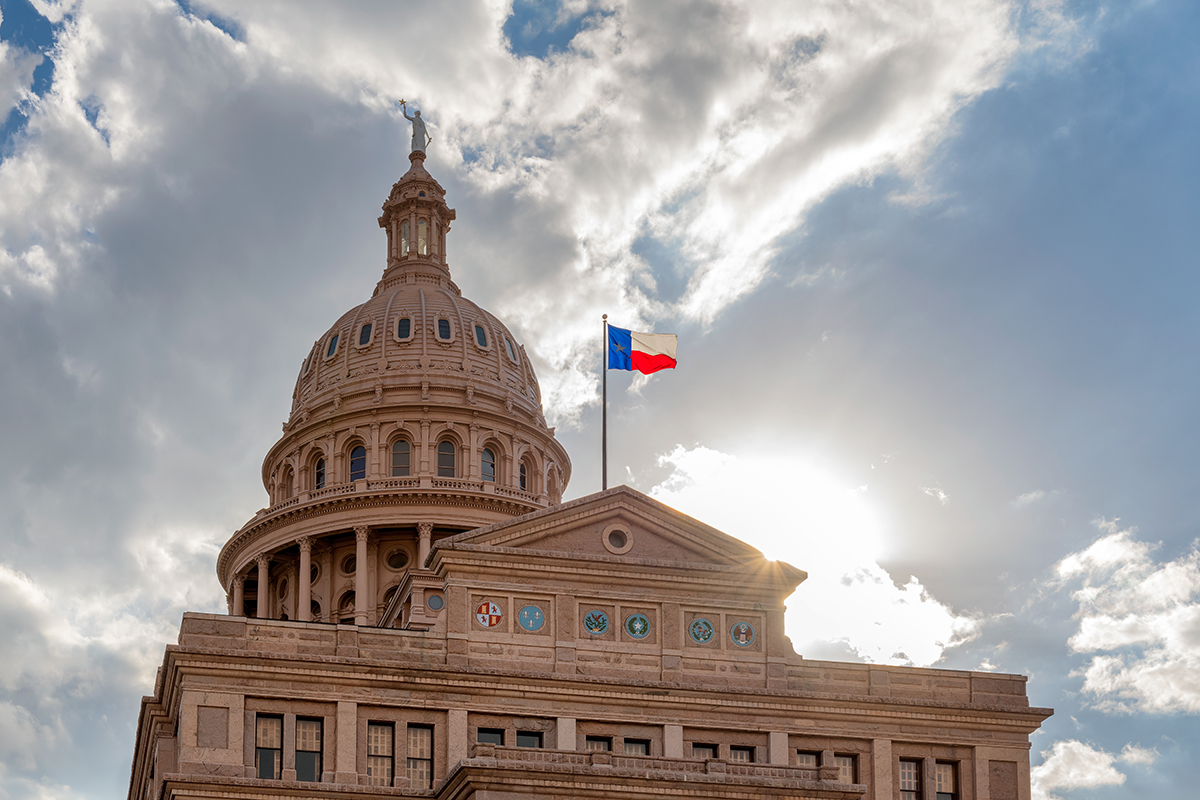Art and Renewable Energy Are a Power Couple – Earth Day

Report on the Intersection of Art and the Sustainable Development Goals
Introduction: Aligning Creative Expression with Global Sustainability Targets
The significant carbon footprint of high-profile figures in the creative industries has raised critical questions regarding the sector’s alignment with global climate objectives. However, the arts possess a unique capacity to drive progress toward the Sustainable Development Goals (SDGs). Artistic expression serves as a powerful medium for translating complex scientific data into compelling narratives that mobilize public support for SDG 13 (Climate Action) and foster innovation in achieving SDG 7 (Affordable and Clean Energy).
Historical Context: Art as a Vehicle for Environmental Advocacy
Art has historically played a pivotal role in environmental movements. The inaugural Earth Day in 1970 utilized protest posters and poetry to galvanize a generation, while photography of the 1969 Santa Barbara oil spill was instrumental in shaping public opinion and policy. This tradition continues as artists and advocates leverage creative platforms to advance the 2030 Agenda for Sustainable Development.
- Art effectively communicates the urgency of environmental crises, supporting SDG 4 (Quality Education) by raising public awareness.
- It fosters emotional connections to environmental issues, encouraging behavioral change and community engagement.
- It builds coalitions and strengthens partnerships among artists, activists, and policymakers, directly contributing to SDG 17 (Partnerships for the Goals).
Case Study: The Land Art Generator Initiative (LAGI)
The Land Art Generator Initiative (LAGI), founded by Elizabeth Monoian and Robert Ferry, exemplifies the integration of artistic innovation with sustainable infrastructure. LAGI challenges artists globally to design public artworks that simultaneously generate clean energy, directly addressing key SDG targets.
- WindNest: This design integrates wind and solar technologies into a single artistic structure. If implemented, its projected annual output of 8,000 kWh would advance SDG 7 by providing clean, localized power, contributing to the resilience of urban communities as outlined in SDG 11 (Sustainable Cities and Communities).
- Windstalk: This concept features a field of flexible stalks that generate electricity through piezoelectricity as they sway in the wind. With a projected output of 20,000 MWh—enough to power 1,800 U.S. homes annually—it presents a scalable solution for SDG 7. The design also incorporates a water collection system to nourish native flora, supporting SDG 15 (Life on Land).
- Solar Hourglass: This installation uses mirrors to concentrate solar radiation, generating an estimated 7,500 MWh of energy annually. This output could power 2,200 electric vehicles for a year, promoting sustainable transportation infrastructure in line with SDG 11 and contributing to the emissions reduction goals of SDG 13.
Global Campaigns and Collaborative Action
Organizations like EARTHDAY.ORG utilize art to amplify global campaigns focused on sustainability. The 2025 theme, “Our Power, Our Planet,” advocates for the widespread adoption of renewable energy, a central tenet of SDG 7. Environmental artist Alexis Rockman was commissioned to create a poster for this theme, producing a powerful visual that depicts a diverse community united by the promise of solar energy. This collaboration highlights the role of art in communicating a vision for a sustainable and equitable future, reinforcing the principles of SDG 17.
Conclusion: The Strategic Importance of Art for Achieving the SDGs
In an era of information saturation, art provides an essential tool for cutting through the noise and conveying the human dimension of the Sustainable Development Goals. It translates abstract targets into tangible, emotionally resonant experiences that inspire collective action. By supporting initiatives that merge art with sustainability, individuals can actively contribute to the global effort to achieve a tripling of renewable energy capacity by 2030, a critical milestone for realizing SDG 7 and SDG 13.
Analysis of Sustainable Development Goals in the Article
1. Which SDGs are addressed or connected to the issues highlighted in the article?
- SDG 7: Affordable and Clean Energy: The article’s central theme is the promotion and implementation of renewable energy sources. It extensively discusses artistic installations like WindNest, Windstalk, and Solar Hourglass, which are designed to generate clean power from wind and solar sources.
- SDG 11: Sustainable Cities and Communities: The article explores how renewable energy infrastructure can be integrated into urban landscapes in an aesthetically pleasing way. The Land Art Generator Initiative (LAGI) aims to “reshape the way our cities look” by turning energy infrastructure into public art, contributing to more sustainable and beautiful urban environments.
- SDG 13: Climate Action: The article directly addresses climate change by highlighting the high GHG emissions of public figures and positioning art as a powerful tool for climate action. It discusses using art to raise awareness, inspire change, and promote solutions like renewable energy to mitigate climate change.
- SDG 4: Quality Education: The article emphasizes the role of art in education and awareness-raising. It states that “art does what science often can’t. Arts stirs emotions, captures attention, and gives people something to believe in,” highlighting its function in educating the public on complex issues like climate change and sustainable development.
2. What specific targets under those SDGs can be identified based on the article’s content?
-
SDG 7: Affordable and Clean Energy
- Target 7.2: By 2030, increase substantially the share of renewable energy in the global energy mix. The article champions this target through its focus on projects that generate clean power. The call to action at the end, asking readers to sign a petition “to voice your support for a triple in renewable energy generation by 2030,” is a direct reference to this goal.
-
SDG 11: Sustainable Cities and Communities
- Target 11.a: Support positive economic, social and environmental links between urban, peri-urban and rural areas by strengthening national and regional development planning. The quote from LAGI co-founder Robert Ferry, “If we’re serious about 100% renewable energy, it will reshape the way our cities look. So why not make them beautiful?” directly addresses the integration of environmental solutions (renewable energy) into the social and cultural fabric of cities.
-
SDG 13: Climate Action
- Target 13.3: Improve education, awareness-raising and human and institutional capacity on climate change mitigation, adaptation, impact reduction and early warning. The article’s entire premise is that art serves this function. It mentions how Earth Day has used “protest posters to poetry readings” since 1970 and how celebrities and students now “use their voice to promote climate action” through art, thereby improving education and raising awareness.
-
SDG 4: Quality Education
- Target 4.7: By 2030, ensure that all learners acquire the knowledge and skills needed to promote sustainable development. The article argues that art is a key tool for this, stating it “can and should convey complex and highly emotional images that go directly to our hearts.” This positions art as a medium for delivering education on sustainability and inspiring action.
3. Are there any indicators mentioned or implied in the article that can be used to measure progress towards the identified targets?
-
For SDG 7 (Target 7.2):
-
Indicator (Implied): Amount of clean energy generated. The article provides specific, quantifiable data for the proposed art installations, which can be used as indicators of their contribution to the renewable energy supply.
- WindNest: 8,000 kWh per year.
- Windstalk: 20,000 MWh per year.
- Solar Hourglass: 7,500 MWh per year.
-
Indicator (Implied): Number of homes or units powered by renewable energy. The article translates the energy generation figures into relatable metrics.
- Windstalk: “power 1,800 U.S. homes for an entire year.”
- Solar Hourglass: “run 2,200 electric cars for a year.”
-
Indicator (Implied): Amount of clean energy generated. The article provides specific, quantifiable data for the proposed art installations, which can be used as indicators of their contribution to the renewable energy supply.
-
For SDG 13 (Target 13.3):
-
Indicator (Implied): Public engagement in climate action initiatives. The article implicitly suggests measuring awareness and engagement through participation in campaigns.
- The number of signatures on the “Renewable Energy Petition” serves as a direct measure of public support and engagement.
- The existence of events like the “Your Art, Our Earth poster competition” and the number of participants could also serve as an indicator of engagement.
-
Indicator (Implied): Public engagement in climate action initiatives. The article implicitly suggests measuring awareness and engagement through participation in campaigns.
4. Table of SDGs, Targets, and Indicators
| SDGs | Targets | Indicators |
|---|---|---|
| SDG 7: Affordable and Clean Energy | 7.2: Increase substantially the share of renewable energy in the global energy mix. |
|
| SDG 11: Sustainable Cities and Communities | 11.a: Support positive environmental links between urban areas. |
|
| SDG 13: Climate Action | 13.3: Improve education, awareness-raising and human capacity on climate change mitigation. |
|
| SDG 4: Quality Education | 4.7: Ensure all learners acquire knowledge and skills for sustainable development. |
|
Source: earthday.org
What is Your Reaction?
 Like
0
Like
0
 Dislike
0
Dislike
0
 Love
0
Love
0
 Funny
0
Funny
0
 Angry
0
Angry
0
 Sad
0
Sad
0
 Wow
0
Wow
0


















































.jpg.webp?itok=0ZsAnae9#)






/environment-climate-change-and-health-(ech)/water-sanitation-hygiene-and-health-(wsh)/landfill-tuvalu-36092.tmb-1200v.jpg?sfvrsn=5c21fe40_1#)



















